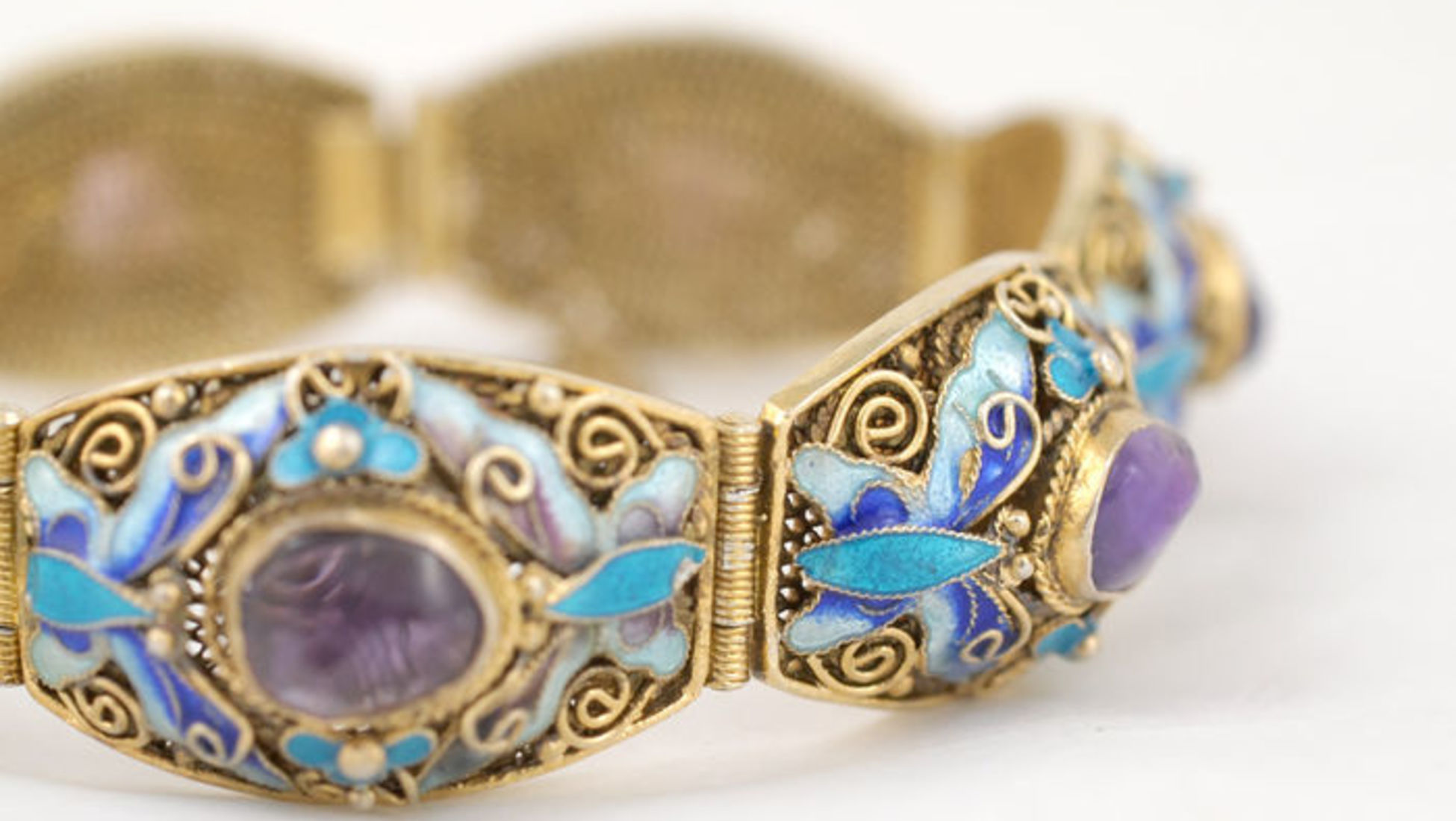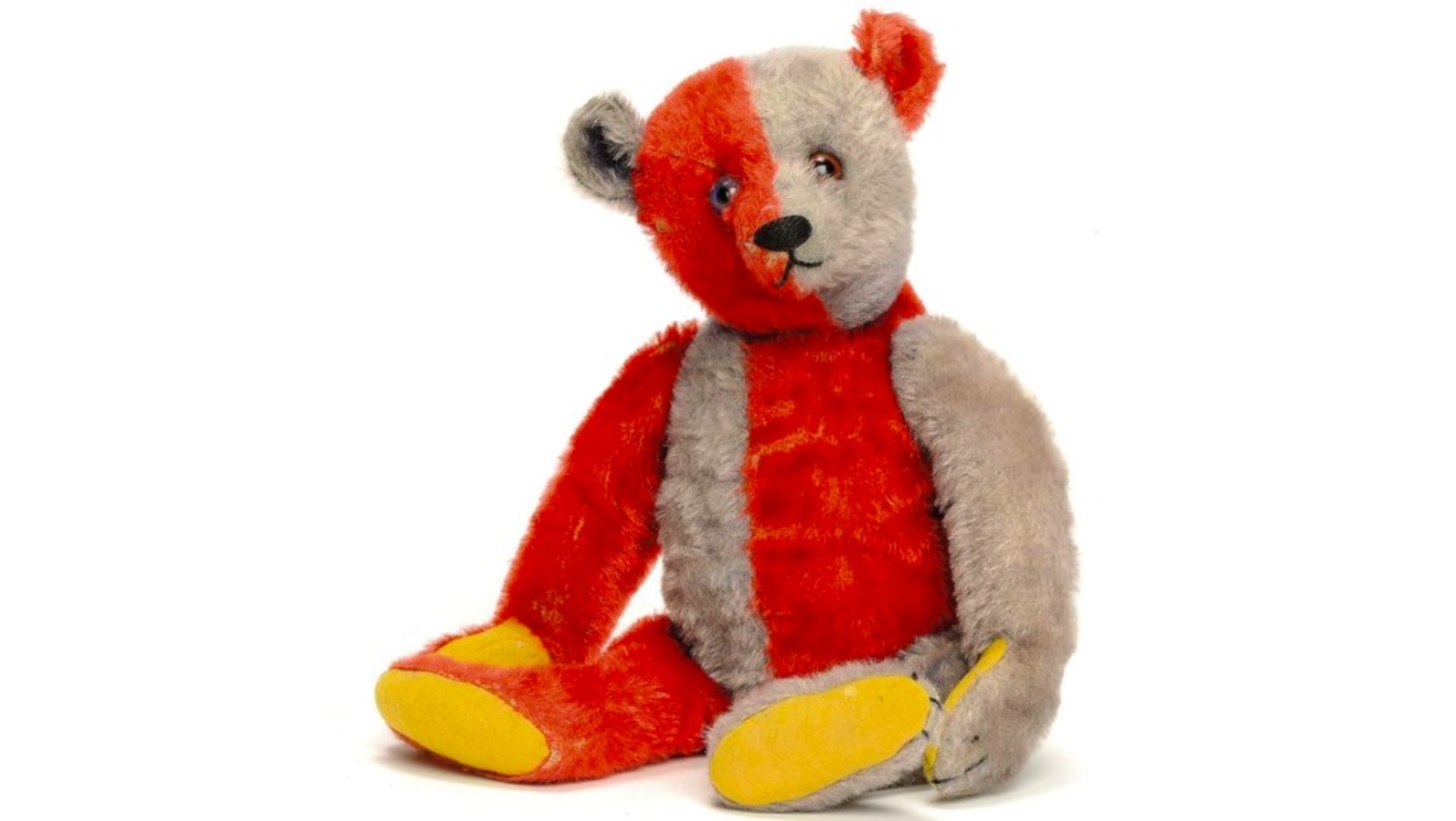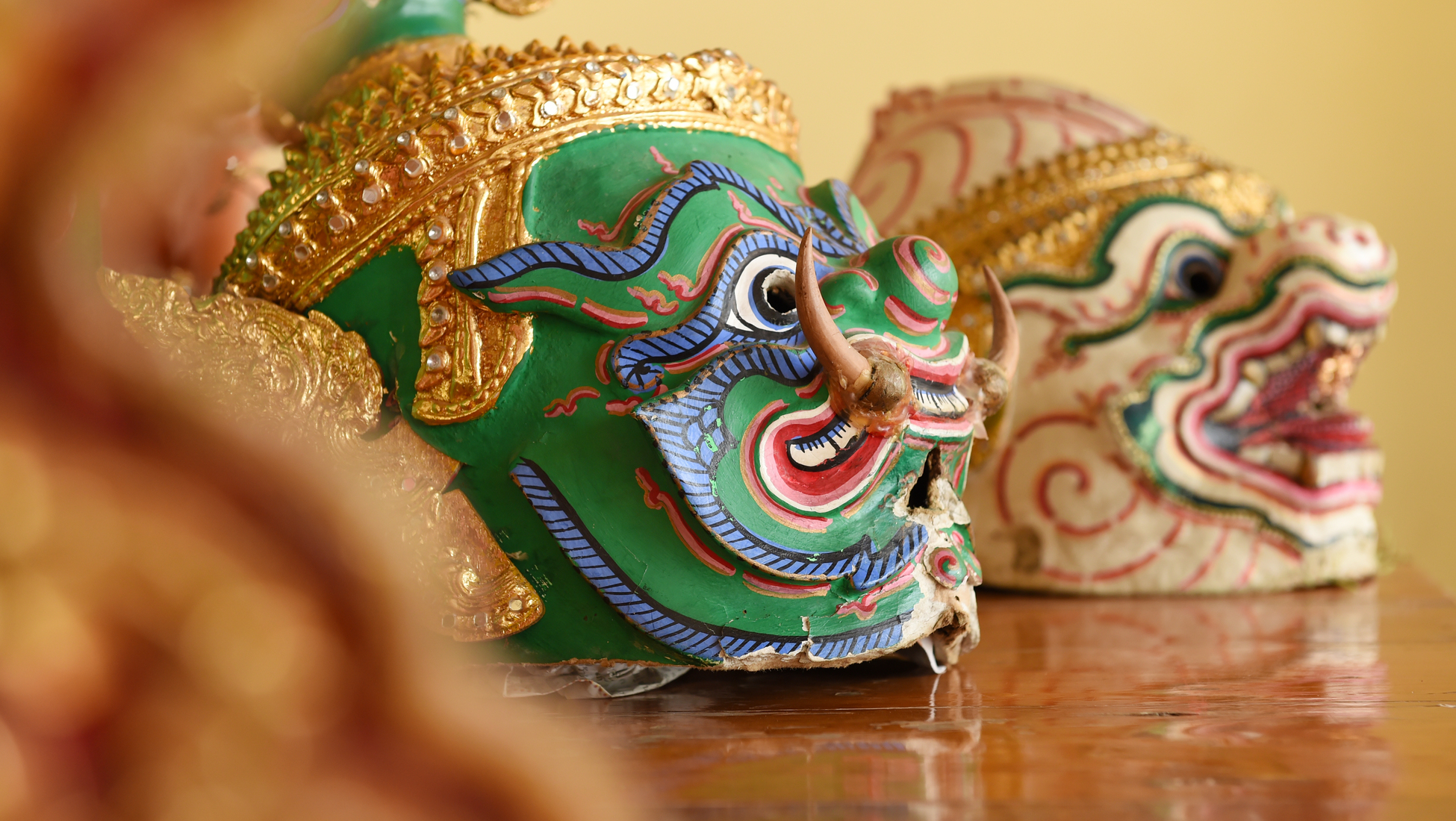Written by Laura | July 3rd 2020 | Updated 11 October 2022
Found a box of vintage items in your attic? Or perhaps you've held onto something ever since you were young and no longer have any use for it? If you own an old item like a comic book, a piece of precious jewellery or a painting, it may be worth quite a bit of money. Our experts put together this quick guide to help you determine of the value of your items.
Rarity

Rare wine has surged in popularity and is big among collectors
Age of Item
Often, the older your item is, the more likely it is to be valuable. This is because artefacts and collectables either get lost, destroyed or simply are made of materials which aren't durable. So if you have an exceptionally old object (usually to be considered antique it should be 100 years or older) it’s more likely that few others still exist. This can increase the value of your object. However, it's also worth remembering that if you have an old item, of which many still exist and is still widely in circulation, then it's not as likely to be as valuable, no matter its age.
Dating your object can be a challenge too if you don't know its origin, so look for markings, writing or inscriptions on the piece to try and work out when it was made. And even if you can’t find the exact date, knowing the rough decade or century can still give a good representation of an item’s history, which is ultimately what is so appealing to collectors.
Condition
Condition is the state an object is in now. How well it has survived the test of time is an important factor in determining value. For example, things like rust, fading, corrosion, scratches or other damage have had an effect on an item, determine an item’s condition. A piece in excellent condition will naturally have a higher value than a comparable one in poor condition. If applicable, it’s a bonus if your object is new in its box or has its tags still intact.

Keep an eye out for signs of wear and tear as this has a sizeable effect on the object's value
Brand/Manufacturer
With many collectables items, it’s common that there are certain brands or manufacturers which tend to be more interesting to bidders than others. Sometimes it’s because a particular company or creator is no longer in existence and therefore their products are of limited quantity. Often it’s because a certain brand or person is renowned for producing reliably exceptional and high-quality handmade products. If possible, look at the label, packaging or base of the object to see if you can identify a creator's name or a makers mark on your item. You can then research to see if this name can add worth to your object.

Brand power is real as certain names signal to higher quality products
Where it was made
The location or country an item was made might be a factor when valuing your item. For example, a stamp’s postage markings or coin’s origin can unlock the historical or social context of the item. Again, look for any markings or reference points which could point you in the right direction.
Restorations
Extensive restorations are generally considered to decrease value in most collectable items. Ideally, an item should be in its original form and untampered with. Basic repairs on something with a motor, such as an antique typewriter or a model train to ensure it operates smoothly, are considered acceptable. Whereas with art, restorations of any kind will decrease its value. As a general rule, any restorations that are undertaken should be done so by a professional, using only genuine parts or tools.

Reparations done on motors, like in typewriters, are considered to be of the acceptable kind
Quality
Not to be confused with condition, the quality of an item includes how well it was made, the quality of the materials used, and the standard of the craftsmanship which has gone into it. Of course, a high-quality item of any kind will always intrigue bidders more than a similar, poorly-made item.
Story
Does your item have an interesting backstory? Perhaps it was involved in a major life event? Was it used by someone famous? If your object has special relevance, especially if it has been documented on TV, in the newspapers or in history books, it’s likely to boost bids at auction. Even if your item’s story isn’t world famous, if you can trace an object’s ownership all the way back to when it was produced and can create a strong pedigree, it will be more likely to command a higher price. Where applicable, paperwork or documents such as a receipt or family photographs of the item in use can help give context of date, provenance and backstory. So keep these items safe!

Signed musical instruments are one type of item that often fetch high prices
Wow Factor
What is the ‘wow’ factor? This is perhaps the hardest thing of all to define. Sometimes an object just has all the right ingredients to make it ‘pop’ in auction. If it’s notably special, you'll have no trobule attracting buyers.

Wow factor is hard to determine so getting an object appraised by an expert is your best bet in determining this
Other things to consider
This generalised guide can be used to give you a basic idea of your item’s value potential but of course it is not exhaustive. And no matter how much information you have about your item, it’s difficult to know for certain what price your item is likely to fetch at auction. There are always a number of different factors involved:
Popular culture
The power of popular culture is apparent and can lead to a surge in the value of objects. Think about records like Kate Bush's classic 1985 hit 'Running Up that Hill', which re-entered global music charts' top 10 last summer after featuring in the Netflix sci-fi show Stranger Things. Equally, Manolo Blahnik has grown into a brand synonymous with sexy and elegant stilettos thanks featuring prominently in Carrie Bradshaw's wardrobe in 90s comedy-drama Sex and the City. Another reason why paying attention to what's going on in the world around you may pay dividends.
Personal taste
Broadly speaking, any item can be worth as much as someone is willing to pay for it. As the expression goes, ‘one man’s trash is another man’s treasure.’ For instance, your old and seemingly worthless toy soldier might be the missing piece in another person’s unfinished collection. Personal preferences are an elusive factor which can affect the sale price of an object.

Right place, right time
Often it could come down to sheer luck under the hammer. There’s always the possibility that your lot might sell for much higher – or much lower – than you expected depending on external factors. Seasonal fashions, world events, news and the general selling market of your object can affect the popularity of different items.
Sentimental value
You might have an extremely old and rare object in excellent condition which ticks all the boxes for being very successful at auction, but could be simply worth too much in memories to sell. Ultimately, it’s all up to you to work out what you do and do not want to put up for auction.
Products that were mainstream, mass-produced consumer goods in an earlier decade, but disappeared due to technological innovations, appeal to many. Don't underestimate the pull of objects by people longing for a time-period that no longer is. This feeling of nostalgia can boost the value of given objects, be it vinyls, analogue cameras or vintech products such as Nintendo or earlier Apple devices.
Existential value
Life is valuable, but in the world of collectables, death even more so. When a celebrity, artist or designer passes away, this leads to a run on items associated with that person. For athletes, movie stars and pop icons, this means a steep increase in demand for unique memorabilia with their image, signature or or owned by them, which can drastically increase in price.
____________________
It's always worth taking a look at our auctions to see whether your item is currently in circulation and to see what it's going for. If you're ready to sell, register as a seller and get started.
Discover more art | fashion | books | classic cars
You might also like:
Why selling secondhand items is poised to be big business
How covid-19 is changing traditional auction houses